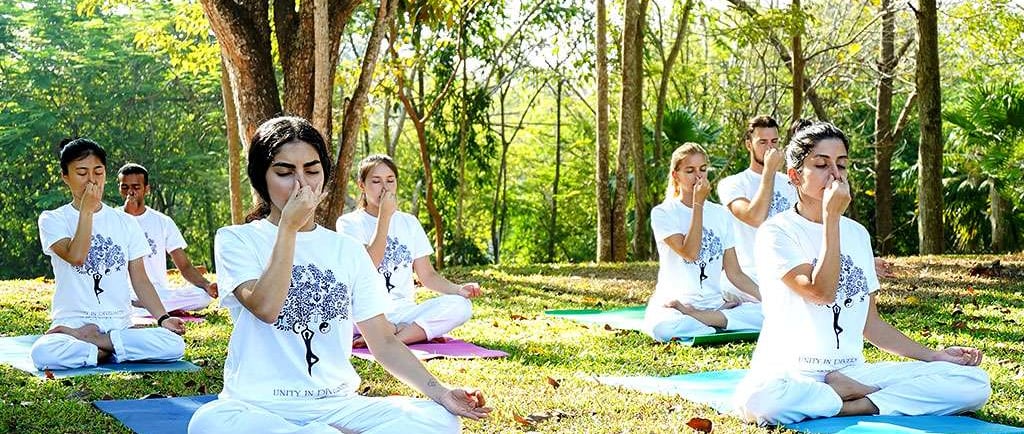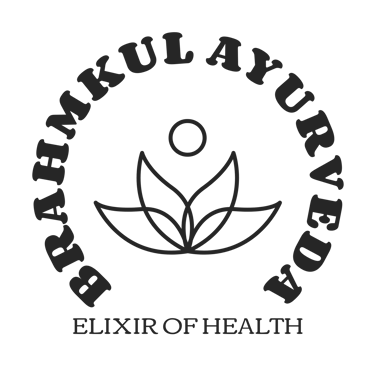Yogic Breathing
"Ayurvedic Pranayama: The Path to Inner Healing"


Pranayama is a fundamental aspect of yoga that focuses on breath control and regulation. Ayurveda, a traditional system of medicine from India, also emphasizes the importance of pranayama for maintaining physical and mental well-being. Here's how to practice pranayama as per Ayurveda Acharya:
Consult an Ayurveda Acharya: Before starting any pranayama practice, it's essential to consult an Ayurveda Acharya or a qualified yoga instructor who can assess your individual constitution (dosha), health conditions, and recommend specific pranayama techniques suitable for your needs.
Prepare Your Space: Find a quiet and clean space where you won't be disturbed during your practice. Make sure the room is well-ventilated.
Sit Comfortably: Sit in a comfortable posture. The most common postures for pranayama are Sukhasana (easy pose), Padmasana (lotus pose), or Vajrasana (thunderbolt pose). Keep your spine straight and your hands on your knees or in specific mudras as recommended by your Acharya.
Breathing Awareness: Start by becoming aware of your natural breath. Observe the rhythm, depth, and pattern of your breathing without trying to change it initially.
Pranayama Techniques: There are various pranayama techniques in Ayurveda, each with its own specific benefits. Some popular ones include:
a. Nadi Shodhana (Alternate Nostril Breathing): This technique is believed to balance the flow of energy in the body and calm the mind. Inhale and exhale alternately through each nostril while blocking the other nostril with your thumb and ring finger.
b. Bhastrika Pranayama (Bellows Breath): This dynamic breathing technique involves forceful inhalation and exhalation through the nose. It is thought to increase vitality and clear the mind.
c. Ujjayi Pranayama (Victorious Breath): Ujjayi involves constricting the throat slightly to create a gentle hissing sound during both inhalation and exhalation. It is beneficial for calming the mind and improving concentration.
d. Kapalabhati (Skull Shining Breath): Kapalabhati involves rapid, forceful exhalations through the nose while keeping inhalations passive. It is believed to cleanse the respiratory system and invigorate the body.
Duration and Repetitions: The duration and repetitions of each pranayama technique may vary based on your individual constitution and needs. Your Ayurveda Acharya or yoga instructor can guide you on the appropriate duration and repetitions for your practice.
Breath Awareness: Throughout your pranayama practice, maintain awareness of your breath and how it affects your body and mind. Avoid straining or forcing your breath, and always practice with a sense of ease and comfort.
Cooling Down: After your pranayama practice, take a few moments to sit quietly and observe the effects. Gradually return to your normal breath and gently open your eyes.
Consistency: Consistency is key to experiencing the full benefits of pranayama. Aim to practice pranayama daily, ideally at the same time each day.
Diet and Lifestyle: Your Ayurveda Acharya may also recommend specific dietary and lifestyle changes to support your pranayama practice and overall well-being.
Remember that pranayama is a powerful practice that can have a significant impact on your physical and mental health. It's essential to learn and practice it under the guidance of a qualified instructor or Ayurveda Acharya to ensure that it is tailored to your specific needs and constitution.

